Last updated on June 20th, 2025 at 12:08 pm
Key Takeaways:
- Foot drop is caused by nerve/muscle damage and requires targeted exercises.
- 3 best exercises: Standing on toes, assisted dorsiflexion, and combined flexion-extension.
- Electrical stimulation and AFO splints can aid recovery.
- Early intervention improves outcomes.
The most visible sign of foot drop is the dragging of toes while walking or difficulty in lifting the front foot. Exercise is essential to manage foot drop. Ideally, you should start with exercises as soon as foot drop is detected, but in late cases, it may require foot drop splints.
Foot drop, sometimes called the dropped foot, is not a disease. It is a condition that arises due to various diseases or injuries that damage the motor nerve to the dorsiflexor muscles.
In this article, we will learn the best exercises that can benefit you in your drop foot and discuss a few other tips that can help you.
What Is Foot Drop? Causes & Symptoms

Foot drop is a condition where a sufferer has difficulty doing dorsiflexion foot movement. Dorsiflexion of the foot is pulling the foot towards the body, and when we move it away from the body, it is called plantarflexion.
Foot drop markedly affects the walking and daily activities of persons suffering from it. When I give gait training to our hemiplegic patient, foot drop is my most critical concern.
Because it causes hindrance in walking, the patient has difficulty clearing the ground as they cannot dorsiflex the foot, resulting in an abnormal gait known as a circumduction gait.
This is because of the weakness and inability of the dorsiflexor muscles on the front of the lower leg.
Foot drop can be due to a disturbance at any central or peripheral location along the motor neural pathway that terminates in the dorsiflexor muscles of the foot or at multiple locations in series1.
So, here are a few reasons that can lead to dropping feet.

Common Causes of Foot Drop
Foot drop occurs due to nerve damage, muscle weakness, or a combination of both. Key causes include:
1: Nerve Damage (Most Common)
Peroneal Nerve Injury: There could be peripheral nerve damage or damage to the central nervous system. In peripheral nerve injury, the most common causes are L5 radiculopathy and peroneal nerve injury.
- Damage of the peroneal nerve can happen during hip or knee replacement surgery, but it is rare.
- Conditions like hemiplegia, quadriplegia, paraplegia after a brain stroke, or head injury can lead to foot drop.
In my 11-year career, I have only seen a single case of foot drop due to peripheral nerve damage after a Total Knee replacement surgery. However, after four months of rigorous physiotherapy, this case responded with almost complete recovery.
2: Muscle Weakness
- If the leg is immobilised for an extended period, muscle wasting may develop around the leg. This muscle weakness due to wasting may cause foot drop. In some case of hemiparesis, foot drop is due to muscle weakness.
3. Combined Nerve + Muscle Issues
There are certain conditions where both muscle weakness and nerve injury co-exist.
- Like leprosy, Charcot-Marie-Tooth disease. Depending on the cause and extent of nerve damage, it may be a temporary or a permanent problem.
- Almost all hemiplegics, quadriplegics, and paraplegics suffer from foot drops.
I have seen many hemiplegics recover entirely from it, but the slight trace of foot drop remains forever in most of them. In some, it is minor; in others, it’s in a significant form.
3 Best Foot Drop Exercises to Regain Mobility
#1 Toe Stands for Foot Drop Strength
Exercises and physiotherapy can manage foot drops, but the recovery depends upon the severity of nerve injury. Minor injury or foot drop due to muscle weakness can be cured entirely.
However, severe damage may not show any significant improvement.
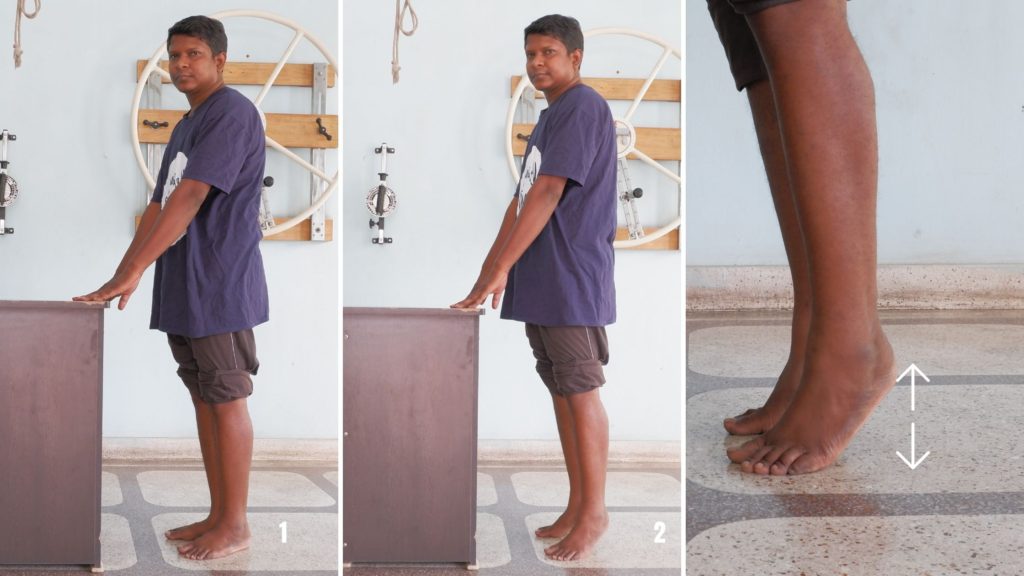
One of the three easy foot drop exercises is standing on your toes. To perform this exercise, you will need a sturdy table or countertop to hold onto for support.
Your starting position would be standing upright with your feet hip-width apart and your hands resting lightly on the table in front of you.
- Slowly begin to rise up onto the balls of your feet, lifting your heels off the ground.
- Hold this position for five seconds, focusing on maintaining balance and engaging your calf muscles.
- Then, slowly lower your heels back down to the ground.
- Repeat this exercise for at least fifteen repetitions in one session, aiming to do it twice daily or as many times as you can comfortably manage.
#2 Assisted Dorsiflexion with Resistance Bands
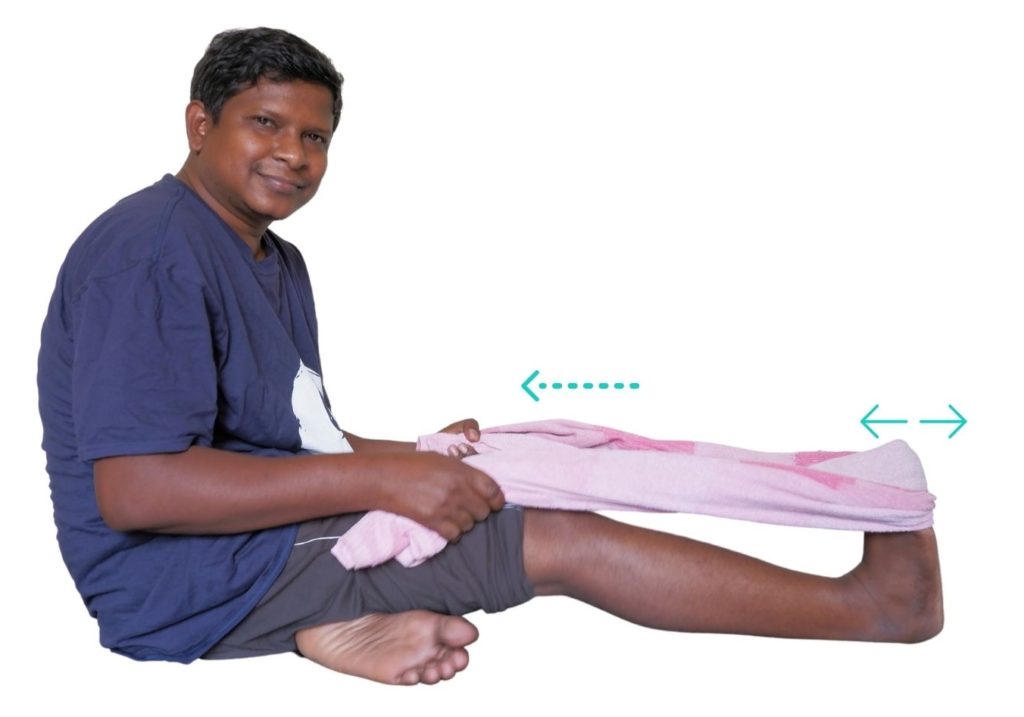
This home exercise for the drop foot includes actual dorsiflexion movement of the foot. We must perform this exercise using a bedsheet, or a resistance band would be more appropriate.
A resistance band is made of latex-free rubber and has different resistance levels. I would recommend starting with minimal resistance and progressing with increased resistance.
- Sit comfortably in a long sitting posture on the mat or floor.
- Place the resistance band on the ball of your foot, as shown in the figure, and hold both ends of the band in your hands.
- The first step is to carefully try to pull your foot towards yourself, which is called dorsiflexion of the foot. While doing so, pull the resistance band to slightly assist in doing this foot movement.
- The second step is to push your foot forward against the resistance of the band.
- Repeat this process as many times as you can, making sure to maintain control throughout the movement. Aim to do this exercise a minimum of twice daily.
#3 Ankle Flexion-Extension Combo Exercise
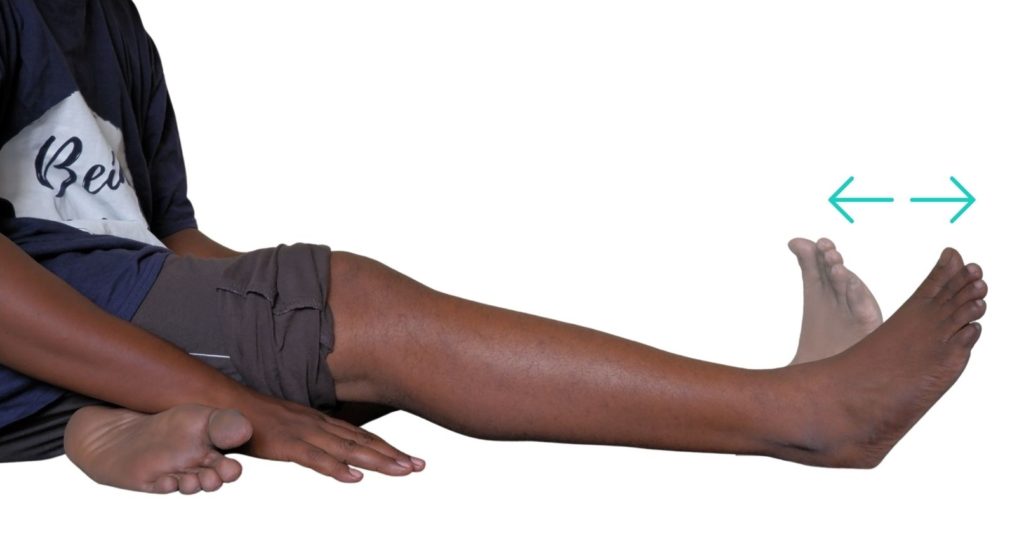
The final exercises in our list of foot drop exercises focus on foot dorsiflexion and plantarflexion. These exercises are designed to help you regain control of your foot muscles and improve your overall mobility.
To perform these exercises, you’ll need to start in a long sitting position, with your legs extended in front of you.
- In a long sitting position, you’ll begin to move your foot up and down, alternating between dorsiflexion and plantarflexion. Dorsiflexion involves pulling your foot towards yourself, while plantarflexion involves bending your foot forward away from yourself.
- As you perform these movements, you should focus on using your foot muscles to control the motion rather than relying on other muscles in your leg.
- If you have difficulty with dorsiflexion, you can use a bedsheet to assist slightly during the flexion movement. Wrap the bedsheet around your foot and gently pull upwards to help move your foot towards yourself. Remember to take your time and move slowly and deliberately as you perform these exercises.
Also Read: Electrode Placement for Hemiplegia Simplified
How Electrical Stimulation Helps Foot Drop Recovery
In conjunction with exercises, it is advisable to go for electrical stimulation for drop foot and a foot splint to increase the effectiveness.
Electrical stimulation is an excellent way to regain residual nerve supply to the muscle and strengthen the weak muscle. We aim to strengthen the tibialis anterior muscle by using it. However, its effectiveness still depends on the extent of the foot drop issue.
But there’s nothing wrong with trying it out. You can visit your nearest physiotherapy centre or get a portable electrical muscle stimulator. It is easy to apply, and you must learn the electrode placement.
Any standard muscle stimulator comes with two electrodes in one channel. As you can see in the figure, one pair of red and black electrodes is one channel.
So, we have to use these two electrodes from a single channel on the muscular part of the front outer part of the lower leg. The black electrode is the active electrode, and the red is the passive electrode.
The process is simple: Place the red electrode on the upper end of the lower leg over the muscle bulk and the black electrode on the middle of the whole muscle bulk.
Now, switch on the nit and slowly increase the intensity until you feel the foot’s visible movement. The duration of stimulation would be 10 minutes in a session, and twice daily is recommended.
Functional electrical stimulation
Functional electrical stimulation is different and more advanced than the standard electrical stimulation we just covered. Functional electrical stimulation (FES) is a new rehabilitative approach that combines electrical stimulation with a functional task.
Research also suggests that Functional electrical stimulation-induced lower extremity training was well tolerated and improved tibialis anterior muscle strength, overall muscle strength, and endurance more than conventional training3.
An FES includes a wearable device that needs to be wrapped on the upper end of the lower leg where the peroneal nerve is most superficial.
Walking produces dorsiflexion of the foot by stimulating the peroneal nerve when the leg passes through the swing phase of the gait cycle. Thus, you achieve a near-normal walking pattern.
Foot Drop Splints (AFO Braces): Types & How They Work
If physiotherapy and exercises do not respond, the only option is to use a foot drop splint. Researchers found that AFO remains the management of choice for foot drop in individuals with Guillain-Barré Syndrome (GBS)2.
Ankle Foot Orthosis prevents the foot from hanging and helps clear the ground during the stance phase of the gait cycle. A foot drop splint is also called AFO or Ankle Foot Orthosis, which you can wear with your shoes and sandals and conceal inside the trousers.
In the images above, you can see two types of AFO: the one on the left is made of plastic material, and the right is made of high-quality carbon fibre.
Carbon fibre makes it lightweight and extremely strong. It can cause physical stress during walking and running, and is a bit expensive. You can visit this link to learn more about it.
Final Thoughts: Can Foot Drop Be Cured?
A late case of foot drop is a challenge to treat. But you can use a splint, which you can easily use with the shoes. You don’t have to worry about what people think because you can easily hide it under your trousers.
Keep Reading: Exercise Treatment of Guillain Barre Syndrome Simplified
FAQs About Foot Drop Treatment
The author is a physiotherapist who has been practising for the last 17 years. He holds a Bachelor's in Physiotherapy (BPT) from SVNIRTAR (Swami Vivekananda National Institute of Rehabilitation and Research), one of the prestigious physiotherapy schools in India.
Whatever he learns dealing with his patient, he shares it with the world through blogs and e-books. He also owns a YouTube channel, "Sunit Physiotherapist" with over 8 lakh active subscribers. Here, he shares everything he gets to learn serving the patient.
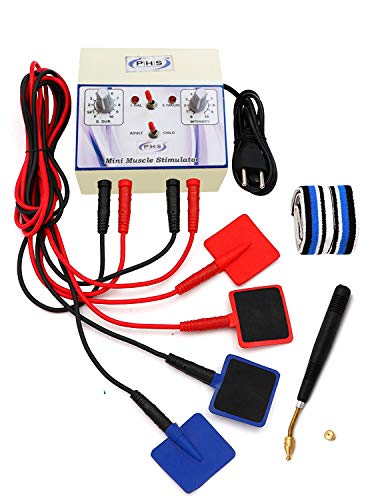
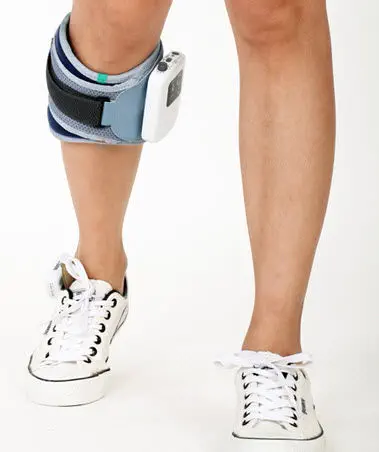



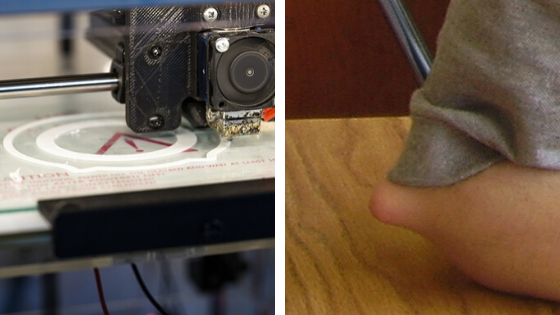
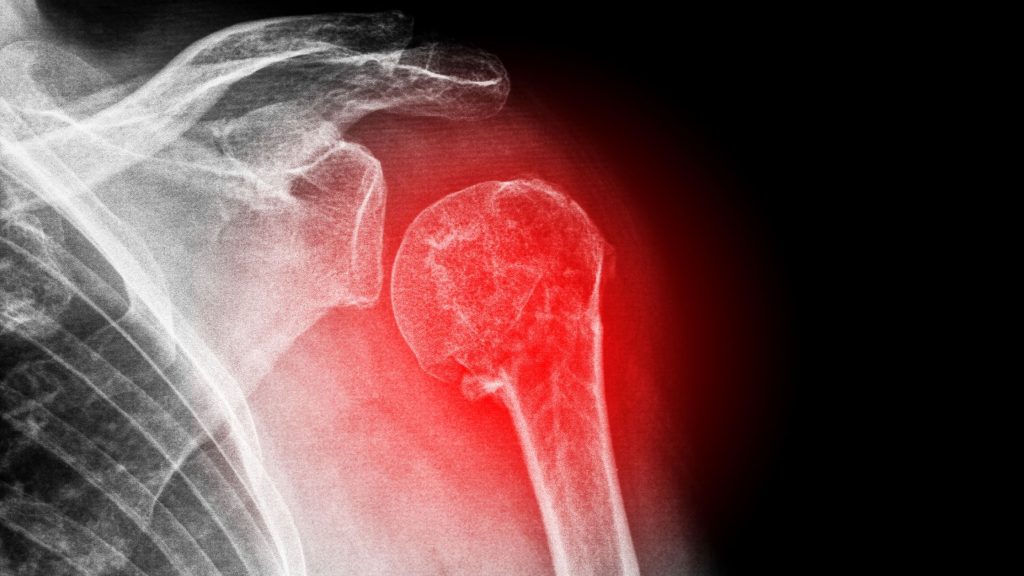
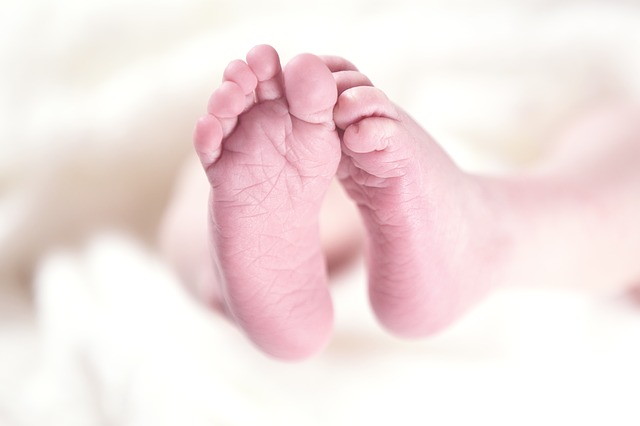



I would like to thank you for the efforts you had made for writing this awesome article.
Pingback: Circumduction gait: Causes, muscle weakness, treatment - Physiosunit
Extremely informative. I wanted to thank you for this excellent post. I surely enjoyed each little bit of it and I have you bookmarked to check out more new stuff
Thanks, for sharing such a nice information, while writing a comment. These points are very useful, while we have to write comment for getting back-link.
Thank you for such an informative post. Thick calluses on feet are very annoying and sometimes they lead to infection. So it is better to treat them early. Want to get rid of this problem by your own? Follow our easy home remedies that cost very low but give effective solution.